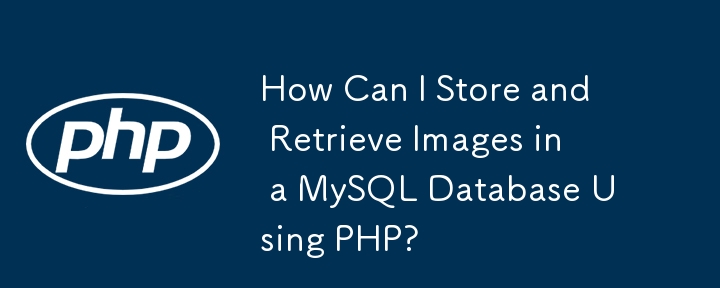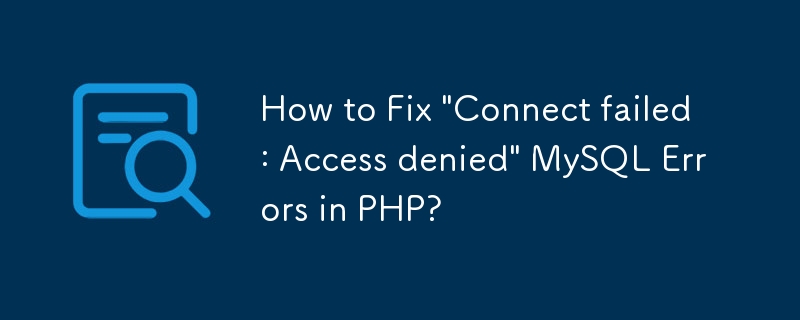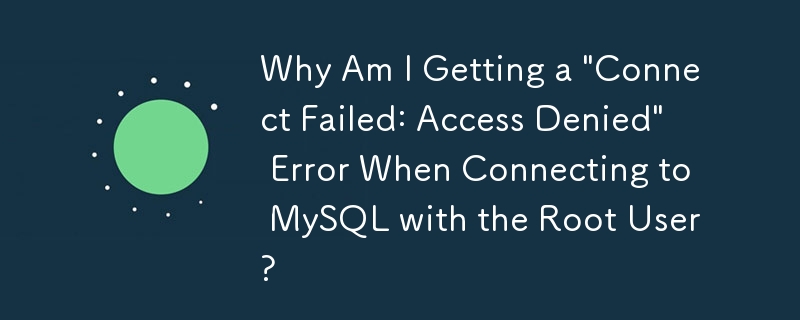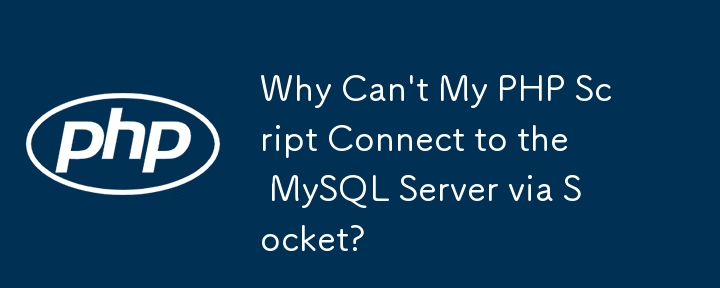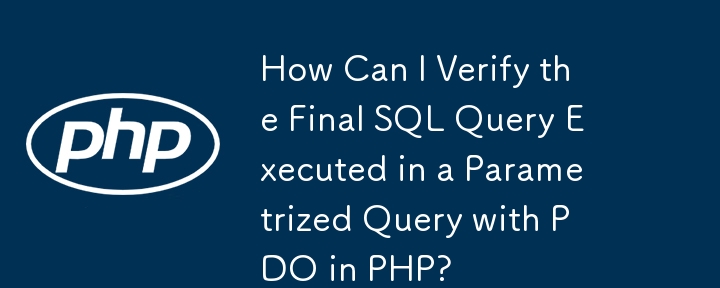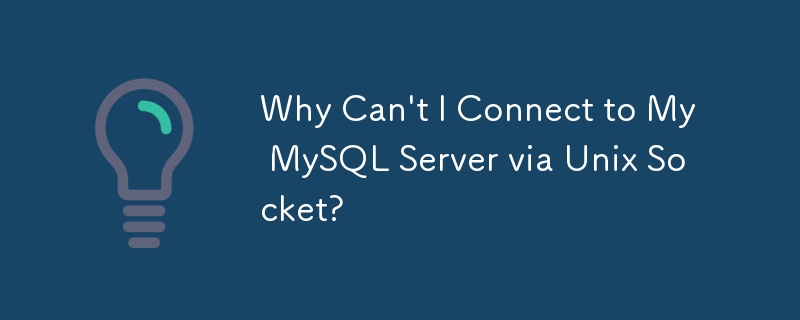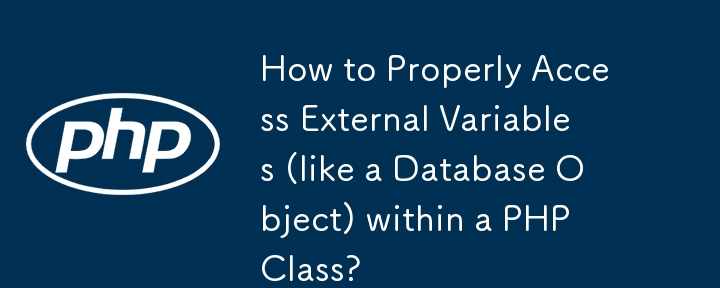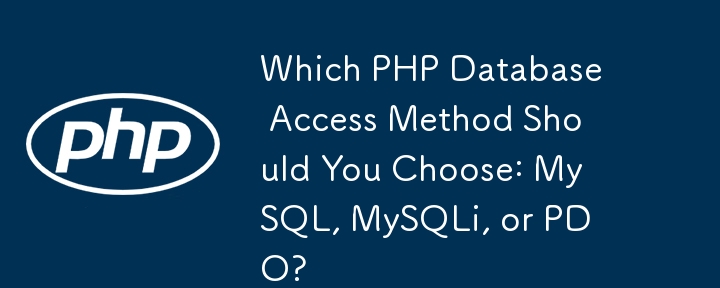Found a total of 10000 related content
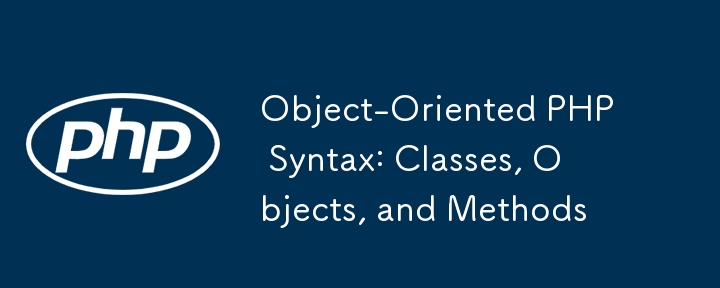
Object-Oriented PHP Syntax: Classes, Objects, and Methods
Article Introduction:Classes and objects in PHP realize code organization and reuse through encapsulation, methods and access control. Define the class to use the class keyword, which contains attributes and methods, such as classCar{private$color; publicfunctionsetColor($newColor){$this->color=$newColor;}}; create objects to use the new keyword, such as $myCar=newCar(); access attributes and methods through the -> operator; public, protected, and private control access permissions to implement data encapsulation; the constructor __construct() is used for initialization
2025-07-16
comment 0
257


When and How to Leverage PHP Connection Pooling with MySQL?
Article Introduction:This article introduces the concept of connection pooling for optimizing MySQL database access in PHP using mysqli_pconnect(). It explains the advantages of persistent connections, including reduced overhead, improved performance, and decreased serve
2024-10-24
comment 0
934
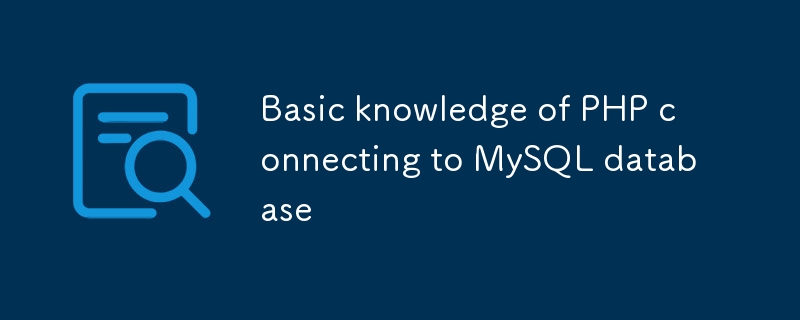
Basic knowledge of PHP connecting to MySQL database
Article Introduction:This article explains connecting PHP to MySQL databases using MySQLi and PDO. It details establishing connections, troubleshooting common errors (e.g., access denied, unknown database), and implementing crucial security best practices like using str
2025-03-04
comment 0
713
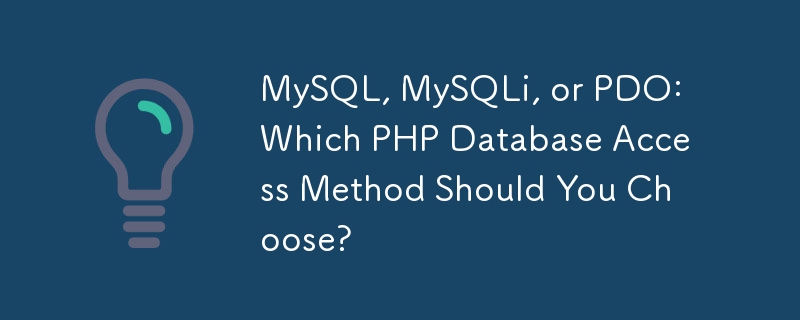
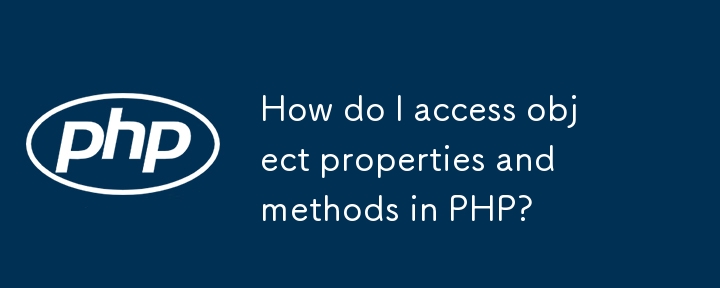
How do I access object properties and methods in PHP?
Article Introduction:To access object properties and methods in PHP, use the -> operator. If the properties or methods are private, they need to be obtained through public methods. The details are as follows: 1. After creating the object, use $object->property or $object->method() to access public properties and methods; 2. Private or protected members need to be accessed indirectly through public methods such as getter/setter; 3. Static properties and methods are directly accessed through class name::. Mastering these rules can effectively avoid misuse of operators and implement encapsulation and control of data.
2025-06-28
comment 0
296
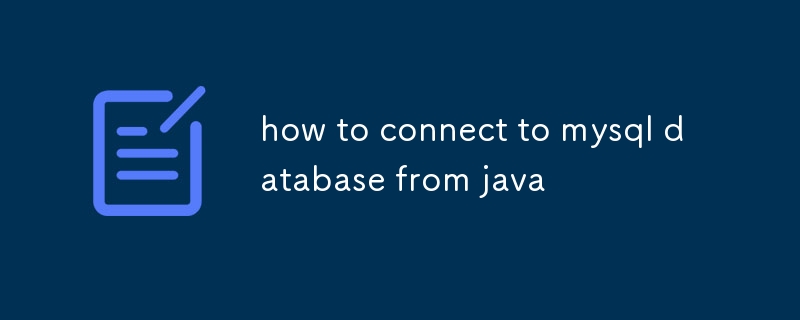
how to connect to mysql database from java
Article Introduction:To connect a Java program to a MySQL database, you need to prepare dependencies, load drivers, and establish connections. 1. Add MySQL driver dependencies. The Maven project introduces mysql-connector-java in pom.xml. The jar package is manually added to non-Maven projects; 2. explicitly load the JDBC driver class and use Class.forName("com.mysql.cj.jdbc.Driver") to ensure compatibility; 3. Correctly configure the URL, username and password when establishing a connection, pay attention to the database address, port, time zone and SSL settings; if the connection fails, check the MySQL running status, network access permissions, username and password
2025-07-14
comment 0
969

How to configure phpMyAdmin with Apache
Article Introduction:Install Apache, PHP, MySQL/MariaDB and related PHP extensions; 2. Install phpMyAdmin through the package manager and configure the database; 3. Enable the Apache configuration of phpMyAdmin and restart the service; 4. Access the http://localhost/phpmyadmin in the browser to log in to the management interface; 5. Create a symbolic link and enable configuration when encountering a 404 error, check MySQL credentials or adjust the authentication method when login fails, and install php-curl, php-gd and other modules when missing the extension; 6. In the production environment, it is recommended to rename the access path, use .htaccess password to protect or restrict IP access to enhance security.
2025-08-31
comment 0
102
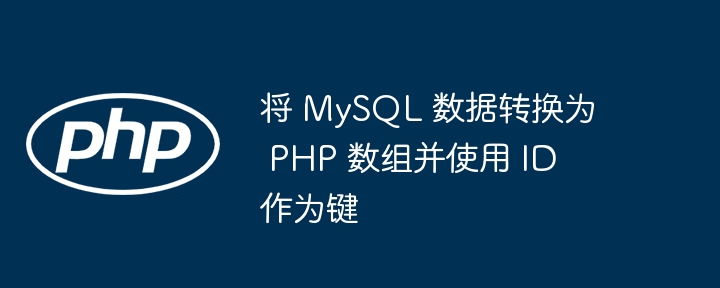
Convert MySQL data to PHP array and use ID as key
Article Introduction:This article aims to provide a simple and efficient way to convert data retrieved from a MySQL database into a PHP array and use the ID column in the database table as the key to the array. In this way, it is easy to quickly access and manipulate data through ID, improving the readability and maintenance of the code.
2025-08-25
comment 0
679
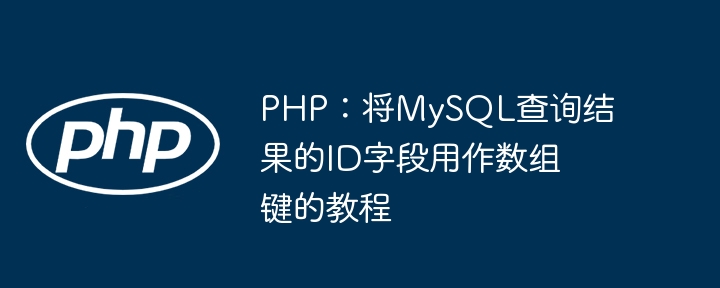
PHP: Tutorial on using the ID field of MySQL query result as array key
Article Introduction:This tutorial will guide you how to convert data queried from a MySQL database into a PHP associative array with a unique ID field of the database record as a top-level key. In this way, you can access and manage data more efficiently and intuitively, avoid default digital indexing, and improve code readability and maintenance.
2025-08-25
comment 0
353

Convert MySQL query results to PHP array with ID as key
Article Introduction:This article describes how to convert data queried from a MySQL database into a PHP array and use the ID field in the database as the key to the array. By modifying the method of loop traversing query results, an array structure with ID as key can be easily implemented, which facilitates subsequent data access and processing.
2025-08-25
comment 0
738


